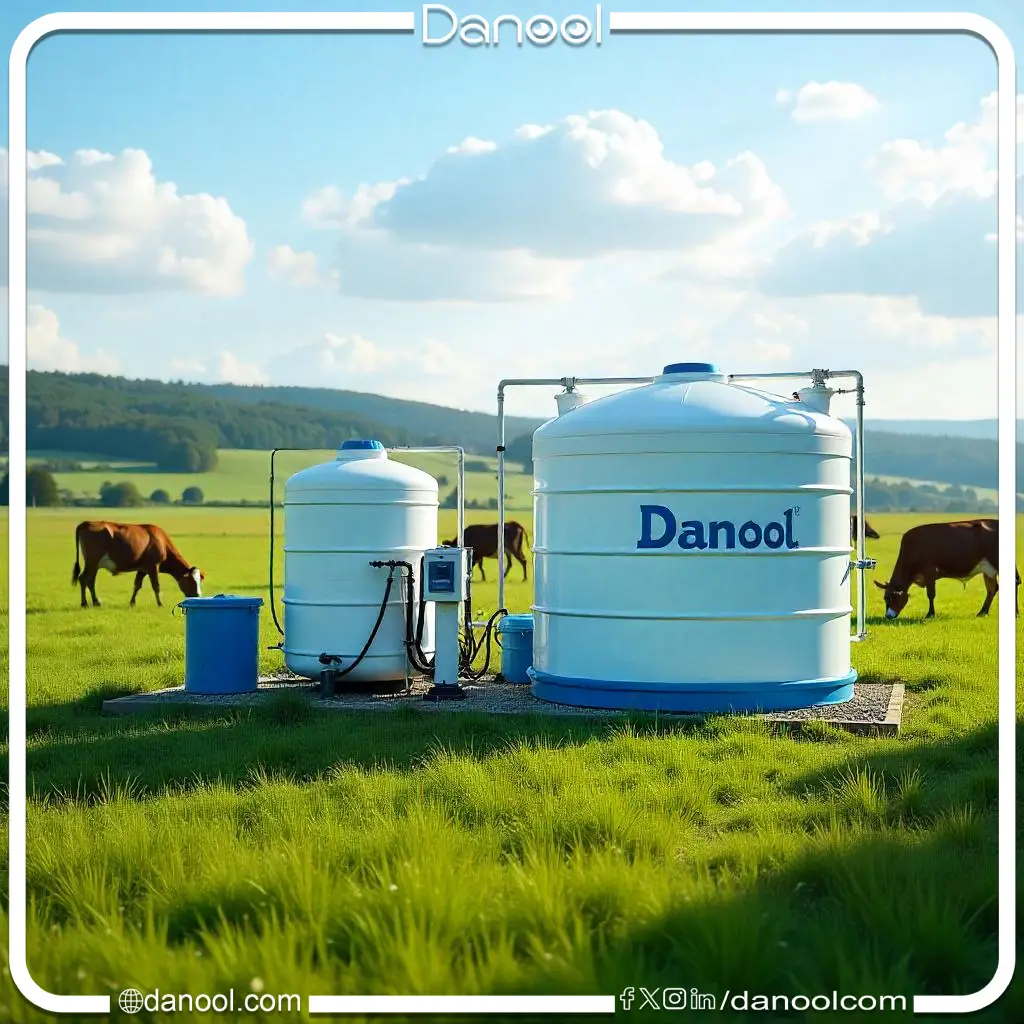With the increasing need for sustainable and innovative solutions to provide clean water, mobile water treatment plants have emerged as a practical and effective option. These plants serve as portable solutions that can be used in emergencies, humanitarian crises, or even to support areas lacking proper infrastructure to provide clean water. If you're interested in entrepreneurship and want to enter this field, this article provides you with a comprehensive guide on how to build a mobile water treatment plant and key tips for success.
What is a mobile water treatment plant?
A mobile water treatment plant is a compact unit designed to purify water and make it safe for drinking and other uses. These plants are characterized by their ease of transportation and installation in various locations, whether in remote areas, natural disaster sites, or construction sites and temporary projects.
The importance of mobile water treatment plants
- Emergency solutions: Used in emergencies and disasters such as floods and earthquakes, where clean water sources are disrupted.
- Flexibility and speed: It can be quickly transported and operated to meet the needs of affected or underserved areas.
- Sustainability It contributes to improving quality of life and reducing reliance on bottled water transportation, which causes environmental harm.
- Entrepreneurial opportunities: It contributes to improving quality of life and reducing reliance on bottled water transportation, which causes environmental harm.
Steps to build a mobile water treatment plant
1. Market study and customer needs
- Conduct a comprehensive market study to understand local and international needs.
- Identify the target audience, such as humanitarian organizations, construction companies, or local governments.
2. 2. Plant design
- Choosing the right technology: Choose the technologies that suit the type of targeted water (surface, groundwater, saline, etc.). Common technologies include:
- Reverse Osmosis.
- Ultraviolet (UV) radiation for disinfection.
- Activated carbon filters.
- Sedimentation and turbidity removal systems.
- Flexible and portable design: The station should be compact, easy to install and operate, and can be placed in containers or trailers.
3. 3. Selection of materials and equipment
- Make sure to use high-quality materials that are resistant to corrosion and harsh conditions.
- Ensure the availability of pumps, pipes, water filters, and suitable storage tanks.
- Include a generator or solar panels to ensure the plant operates in areas where electricity is unavailable.
4. 4. Manufacturing and assembly
- Assemble the plant according to the approved design. You can enlist the help of specialized local or international manufacturing companies.
- Test the plant to ensure its efficiency and ability to purify water to safe levels.
5. 5. Marketing and relationship building
- Market your plant as a portable and effective solution for businesses and humanitarian organizations.
- Focus on providing after-sales services such as maintenance and technical support to ensure customer satisfaction.
6. Focus on providing after-sales services such as maintenance and technical support to ensure customer satisfaction.
- Ensure that the plant complies with local and international health and environmental standards.
- Obtain the necessary licenses to operate and distribute the plant.
Tips for beginners in entrepreneurship in this field
1. Collaborate with humanitarian organizations and governments
Reach out to relief organizations such as the Red Crescent and the Red Cross, or the government agencies responsible for water and sanitation, to offer your services.
2. 2. Innovation and adaptability
- Invest in research and development to improve the plant's technologies and make them more efficient and adaptable.
- Design solutions that adapt to different environments and water sources.
3. 3. Manage costs wisely
- Create a clear financial plan that includes design, manufacturing, and marketing costs.
- Leverage local resources to reduce costs, such as labor and raw materials.
4. 4. Training and awareness
- Provide training for the teams that will operate the plant to ensure efficiency and safety.
- Raise awareness about the importance of purified water treatment and its impact on public health.
5. 5. Target emerging markets
Emerging markets, particularly in Africa and Asia, are focusing on innovative water solutions due to limited infrastructure, making them ideal opportunities for entrepreneurship.
| Element | Description |
|---|---|
| What is a mobile water treatment plant? | A compact water purification unit that is portable and can be installed in various locations such as remote areas or disaster sites. |
| The importance | Emergency solutions, flexibility and speed, environmentally friendly, an entrepreneurial opportunity for investors. |
| The importance | 1 Market study and customer needs 2. Plant design 3. Selection of materials and equipment 4. Manufacturing and assembly 5. Marketing and relationship building Focus on providing after-sales services such as maintenance and technical support to ensure customer satisfaction. |
| Construction steps | Reverse osmosis, ultraviolet (UV) radiation, activated carbon filters, sedimentation and turbidity removal systems. |
| Materials and equipment | Corrosion-resistant materials, pumps, pipes, filters, storage tanks, generator or solar panels. |
| Marketing | Focus on humanitarian organizations, governments, providing after-sales services such as maintenance and technical support. |
| Tips for beginners | Collaboration with humanitarian and governmental organizations 2. Innovation and adaptability 3. Cost management 4. Training and awareness 5. Targeting emerging markets |
| Benefits | Providing clean water, improving public health, supporting underserved areas, achieving profits from sustainable investment. |

Conclusion
Mobile water treatment plants are a practical and sustainable solution that provides significant benefits on both humanitarian and economic levels. Investing in this field requires innovation and planning, but it offers a fantastic entrepreneurial opportunity for those interested in making a positive impact in the world. By using the right technologies and effective marketing, you can build a successful project that contributes to improving people's lives and secures a place for you in a market full of potential.

